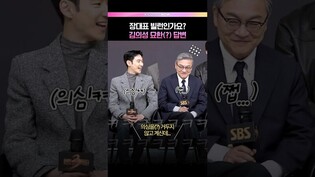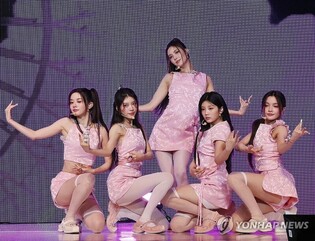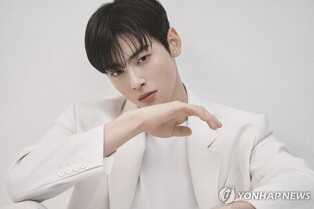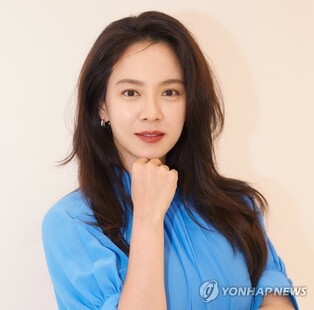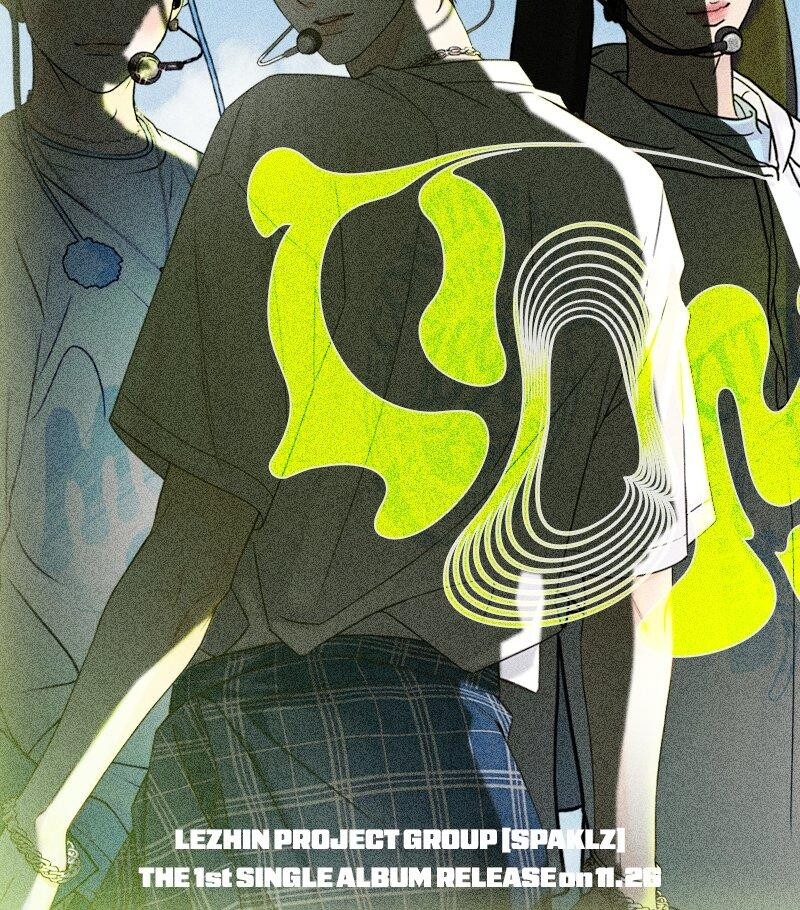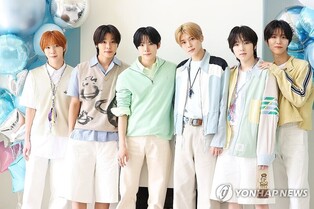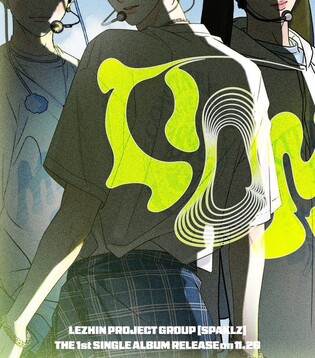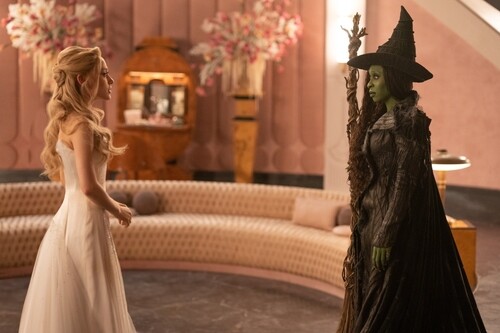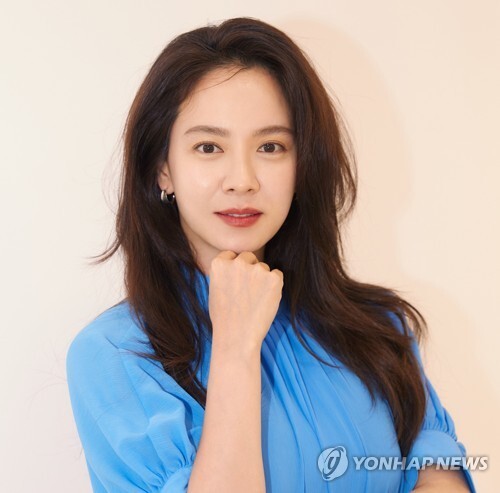*Editor’s note: K-VIBE invites experts from various K-culture sectors to share their extraordinary discovery about the Korean culture.
AI Art: Questioning the Boundary Between Art and Non-Art
Text and images contributed by Lee Eun-jun (professor at Kyungil University)
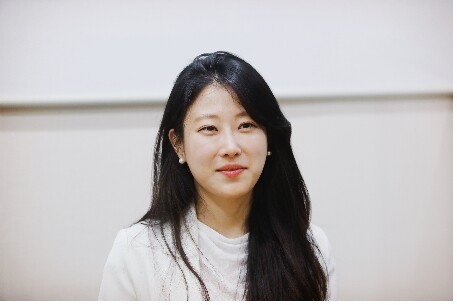
Natural Distinction: Artistry and Non-Artistry
In an era where artificial intelligence (AI) engages in the creation of art, the traditional boundaries between artistic and non-artistic works are being challenged. AI is now used to create art pieces, express artistic inspiration, and even autonomously produce entire artworks. However, the argument that AI-generated art and traditionally created art should be distinctly categorized faces significant limitations.
Art, by its very nature, seeks to pursue beauty, and this beauty encompasses more than just aesthetic appeal. Pablo Picasso's abstract paintings were initially misunderstood by many but now hold a crucial place in art history. Similarly, AI-generated artworks, when imbued with a creator's intricate intentions and profound messages, can demonstrate significant artistic value. The potential of AI art is exemplified through such works.
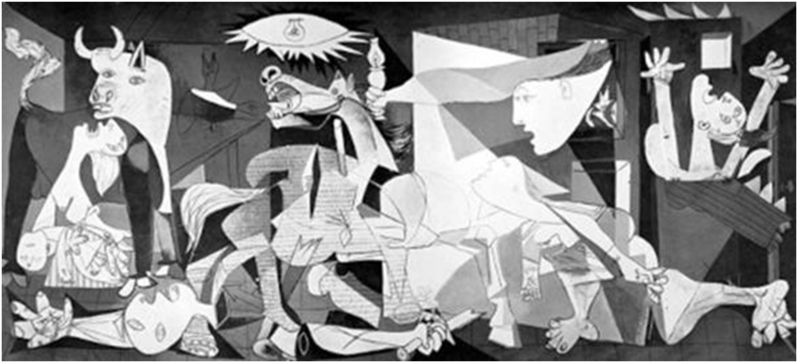 |
| ▲ Picasso's "Guernica", by Van Gogh, 1937. (Source: Wikipedia – Picasso) |
Picasso's "Guernica" vividly conveys the horrors of the Spanish Civil War, capturing the agony and suffering wrought by conflict. Despite its abstract nature, the artwork's raw depiction of human pain has earned its place as a poignant piece of artistic expression. Audiences initially found the work grotesque, but understanding Picasso's perspective on the war's victims allowed them to recognize the painting's profound artistic merit.
Artistic
Philosophy and the Artist's Perspective
Evaluating art requires considering not only its aesthetic value but also the artist's philosophy, values, and the creative process. Vincent van Gogh's works, for example, reflect his life’s pain and passion, resonating deeply with many to this day. His paintings are revered not merely for their visual appeal but for their encapsulation of his inner world and life story.
 |
| ▲ An Elderly Man Sorrowing at the Threshold of Eternity ("At Eternity's Gate") by Van Gogh, 1890. (Source: Wikipedia – Van Gogh) |
Van Gogh's "At Eternity's Gate" embodies his deep emotional turmoil and philosophical reflections, painted during the final period of his life. The somber atmosphere and the bowed figure of an old man symbolically represent human sorrow and loneliness, evoking empathy from viewers. Such emotional resonance is what elevates the painting to a work of art.
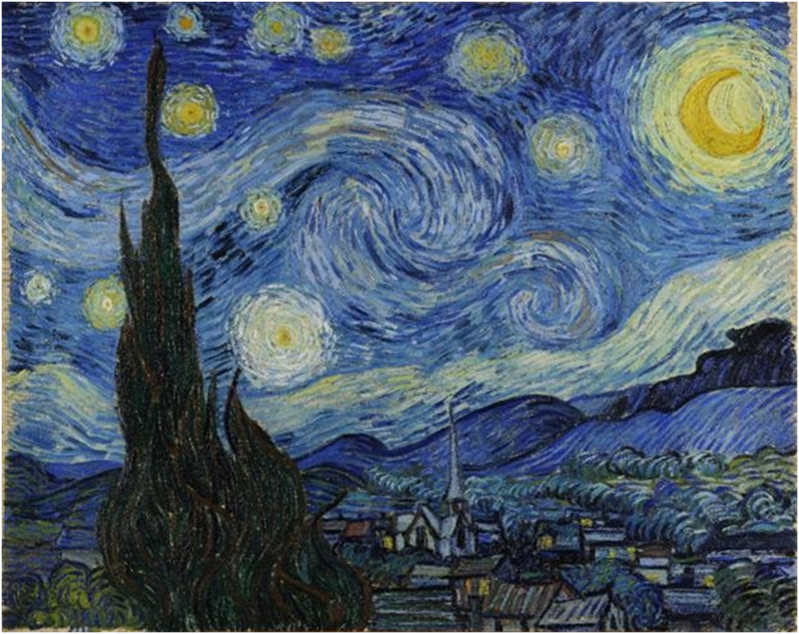 |
| ▲ The Starry Night by Van Gogh, 1889. (Source: Wikipedia) |
Another of Van Gogh's renowned pieces, "The Starry Night," uses unique brushstrokes and vibrant colors to express his mental anguish and awe for nature. The painting is not a simple reproduction of a night sky but a portrayal of Van Gogh's inner emotions. Its visual beauty and subjective expression of solitude and despair have captivated audiences, making it an invaluable piece for understanding his life and philosophy.
Diverse
Artistic Expressions
The advent of the camera, advancements in computing, and the widespread use of the internet have all diversified artistic expressions, opening new possibilities. AI art should be understood within this context. While anyone can use AI tools to generate images, only those works imbued with the creator's deep thought and philosophy can be truly recognized as art.
Today, photography is considered an art form. However, not everyone with a smartphone camera is deemed an artist. The possession of tools does not make one a master. Similarly, the proliferation of AI as a tool raises concerns about the blurring of lines between art and non-art. AI-generated images may initially seem fascinating, but over time, discerning viewers will recognize the true artistic value in works reflecting the creator's intent and philosophy.
The value of art lies not merely in its external beauty but in the meaning and philosophy embedded within it. AI art, too, achieves true value when it transcends its technological origins to convey artistic significance.
(C) Yonhap News Agency. All Rights Reserved

















